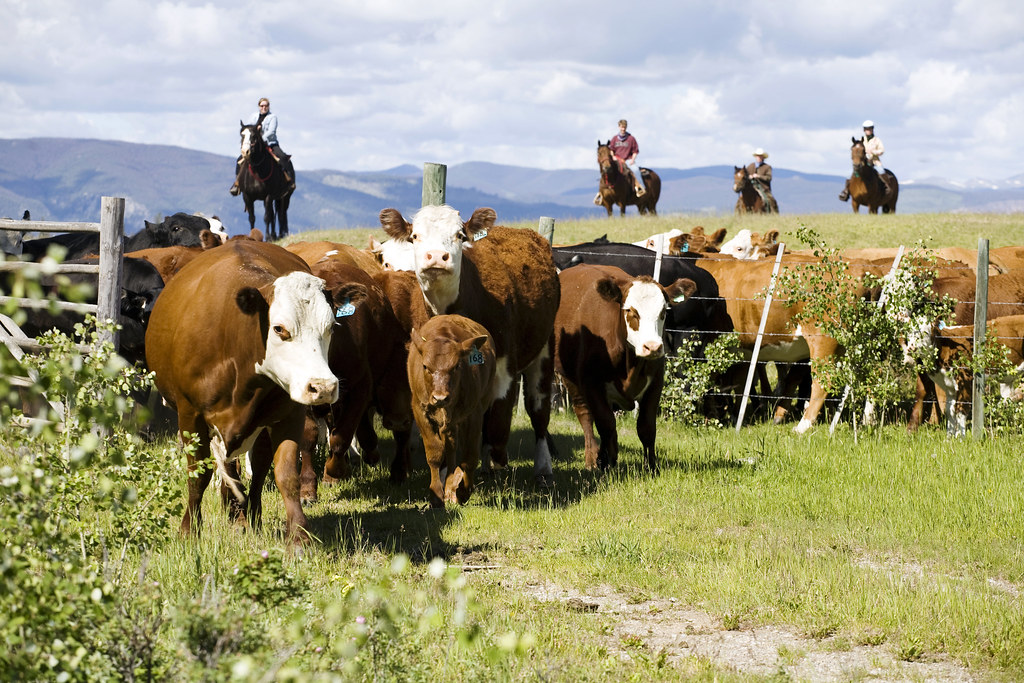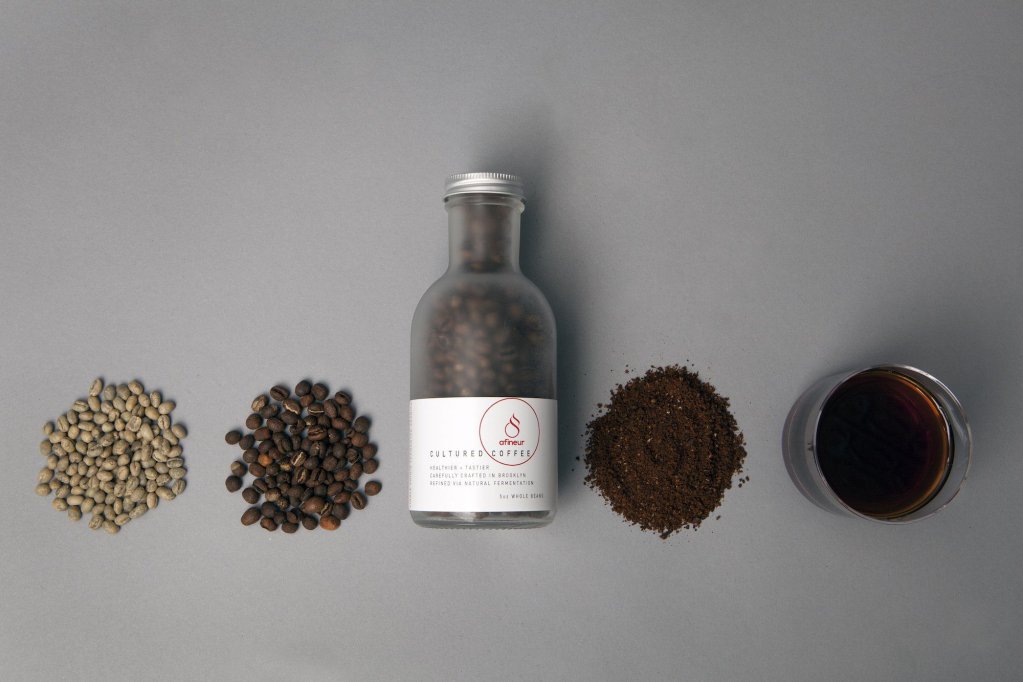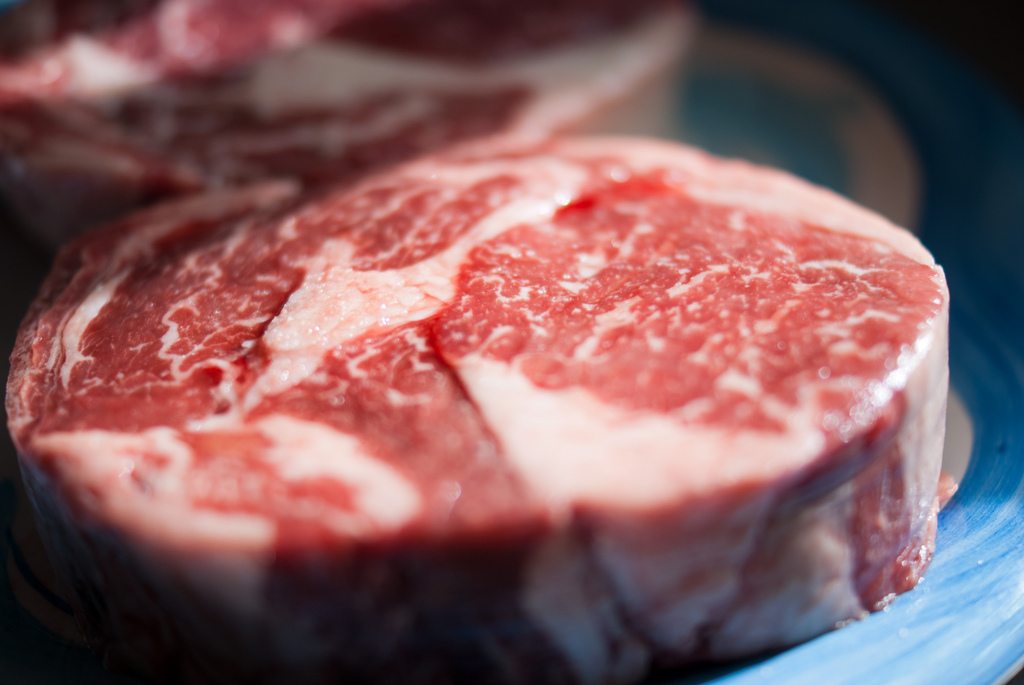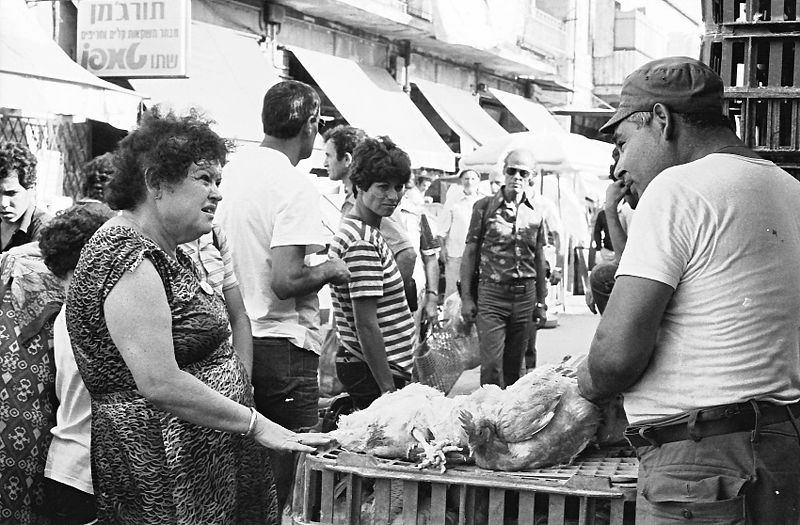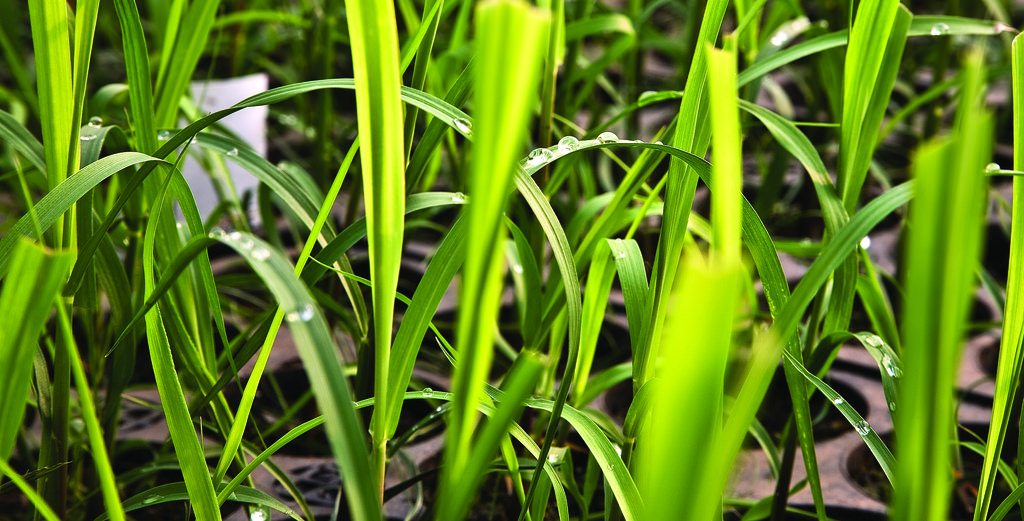As if the beef industry didn’t already have a bad rap, Brazil’s farmers have reportedly set the Amazon on fire to create more grazing land for the country’s booming beef industry. They are part of a global stampede to meet demand in developing markets—even as ruminant livestock, with cattle at the top of the list, take the heat for agriculture’s nearly 25 percent share of annual greenhouse gas (GHG) emissions worldwide.
Emissions related to agriculture are a primary cause of the current climate crisis—and, as major consumers of beef, Americans carry a large share of the blame. Although the American diet has shifted away from beef toward chicken, we still eat four times as much beef per capita, on average, as the rest of the world.
The solution seems apparent: We should eat less meat. Order the beefless burger and you can save the planet, eliminate cruelty to animals and improve your health.
But a rising chorus of farming advocates says that notion gets it wrong, or at best only partly right.
“The simplified public health message is dangerous,” says Andrew Gunther, executive director of A Greener World, a sustainable livestock farming organization. “If we thought the soil, air and water could be fixed by a single solution, we’d advocate for that.”
“My strongest objection to environmental and public health advocates using the slogan ‘eat less meat’ is that it is extremely alienating to farmers and ranchers,” wrote Nicolette Hahn Niman, the well-known vegetarian rancher from BN Ranch, in response to my inquiry. “We need far more intelligent conversations about climate change’s connection to food, agriculture and health.”
The Sustainable Diet Debate
When New York City’s mayor Bill de Blasio announced last spring that all public schools would adopt Meatless Monday, licensed dietician and nutritionist Diana Rodgers vented on her blog. “As a dietitian, mother and someone who lives on a farm that raises organic vegetables and pasture-raised meats, I couldn’t be more frustrated.”
Anti-meat messaging is coming from “all angles,” noted Rodgers, who runs a private nutrition counseling practice in Massachusetts: the media, medical experts, international organizations and now a city government. “But the reality is, eating meat is really not the problem and giving it up could cause more harm than good.”
Rodgers, who is working on a documentary and book project called Sacred Cow: The Case for Better Meat, is one of the most outspoken opponents of meat reduction campaigns. In January, she railed against the Eat Lancet’s Commission’s “diet for planetary health,” which suggested a dramatic reduction to about 1.5 ounces of animal protein per day. She agrees with many nutritionists who assert that meat is an irreplaceable, nutrient-dense food group, especially for children, women and at-risk populations.
“Ten percent of NYC public school students are homeless, and 75 percent qualify for free and reduced lunch,” she tells me. She sees no benefit to eliminating meat from what can otherwise be nutrient-poor, soda-rich diets. “We really need to be looking at this from an ethics, a social justice, an environmental and human nutrition perspective.”
Rodgers believes that public authorities are missing the real villain. “Red meat is now under the spotlight as the worst thing we could possibly eat for our health and for the climate,” she says. “It’s completely being scapegoated for what processed food has done to our health and what monoculture, big food ag, chemical ag have done to our environment.”
Celebrity-endorsed meat-free diets—from the kind practiced by tennis’ Williams sisters to Beyoncé’s 22-day vegan cleanse—have evolved into a global, corporate-sponsored movement to transform food. The plant-based eating guide created by the research organization World Resources Institute (WRI), Shifting Diets for a Sustainable Food Future, for example, proposes to reduce an individual’s carbon emissions by 50 percent by limiting meat and dairy intake.
Meatlessness has never been more socially acceptable and accessible in the U.S. About 22 percent of Americans surveyed by Datassentials in 2018 considered themselves flexitarians, while seven percent reported avoiding animal products altogether.
 Beyond Meat
Beyond Meat The plant-based market is projected to reach $9.2 billion by 2023
Plant-based fast food offerings, now on the menu at restaurants like Carl’s Junior, White Castle, and, more recently, KFC, are luring meat eaters and venture capitalists alike. In the grocery store, Kellogg’s MorningStar Farms, the oldest and largest U.S. plant-based brand, which sells 90 million pounds annually of fake chicken nuggets and breakfast sausages, is going vegan. Overall, the plant-based market is projected to reach $9.2 billion by 2023.
In June, six months after his company launched a reformulated version of its non-meat Impossible Burger, Impossible Foods CEO Pat Brown declared his mission to end animal agriculture by 2035. “The use of animals to produce food for human consumption has long been taken for granted as an indispensable part of the global food system,” Brown wrote. “Now, finally, this disastrously resource-intensive and inefficient system is being recognized by environmentalists and, increasingly, by the public for what it is: a destructive and unnecessary technology.”
Predictably, his call to action ignited a backlash.
Frederic LeRoy, a Belgian professor of food science and biotechnology, believes that these new products mask “an extreme agenda” to make meat—already rife with cultural meaning and conflict—taboo. LeRoy, an influential critic of the anti-meat movement gathering force in the U.S., the United Kingdom and Australia, considers meat taxes and meat bans part of a powerful, corporate-backed global food strategy. He points to WRI’s Shift Wheel as an example of the marketing efforts to influence consumer behaviors.
The great food transformation of 2019 has already invoked forecasts of the end of the beef industry, to LeRoy’s dismay. “The danger here is that the political arguments being advanced right now—meat and dairy bad, new scientific foods good—are dangerously simplistic and could have catastrophic consequences for human health and the environment,” LeRoy wrote in Sustainable Farming, a quarterly publication from A Greener World.
Georgia rancher Will Harris responded to Brown’s statement with evidence from a recent lifecycle analysis of grass-fed beef raised at his White Oak Pastures, a celebrated model of sustainable agriculture. The carbon footprint of his pasture-raised beef measured significantly less than conventional beef, chicken and even the Beyond Burger, a plant-based burger from Beyond Meat. The study, which indicated that Harris’ farm offset more carbon emissions than it produced, has inspired a new conversation about what it refers to as the “full carbon story for regenerative agriculture systems.”
Memes appeared on Twitter lambasting the labels of the Beyond Burger and Impossible Burger as highly processed junk food. “Beyond Burger and all the meat analogs are just another version of highly processed foods from cheap raw ingredients that are marketed as cleaner, more virtuous, healthier,” Rodgers says. “It’s the biggest form of greenwashing there is today.”
And since analog burgers cost twice as much as an organic grass-fed burger—about $12 per pound for Beyond Burger, versus under $6 a pound for organic grass-fed ground beef at Walmart—Rodgers says, “I don’t see how that is changing anything for the better.”
The Future of Protein
Ryan Katz-Rosense and Sarah J. Martin, co-authors of the forthcoming book Green Meat? Sustaining Eaters, Animals, and the Planet, have identified three pathways for the future of protein—“re-modernization” “replacement” and “restoration.”
“The evidence suggests our planet is traveling in all three directions at once,” the authors write.
The “restoration” pathway is a radical departure from modern food production. It promotes ecological and social health through a focus on soil health, a farming system called regenerative agriculture.
It has received the least media attention of the three, still slow to catch on 13 years after Michael Pollan’s The Omnivore’s Dilemma introduced mainstream Americans to the concept. One-third of Americans may know about Meatless Monday, but less than a quarter of the population has heard of regenerative agriculture, according to the 2019 Food and Health Report.
That is beginning to change.
The “eat less meat” effort focuses on decreasing the demand for animal protein, based on the assumption that all meat is the same. “When it comes to resource use and environmental impacts,” WRI’s website states, “the type of food eaten matters as much, if not more than how that food is produced.”
But the organic community, which has insisted for years that production practices matter, is finding its voice. That chorus is chanting: “It’s not the cow, it’s the how.”
Livestock’s Carbon Footprint
In her work for Grass Nomads, Greenwood grazes animals using methods that stimulate plant growth, increase biodiversity, improve the water cycle, restore the soil, and store carbon, all while producing food on marginal lands that can’t be used for growing other food crops. It’s a system broadly known as holistic management.
“I’m part of a growing group of people who have committed our lives to restoring the health of environments directly, through exquisitely precise grazing on sensitive land, and who depend on the support of our communities to do this work,” she wrote, in a 2018 article for Civil Eats.
 6381380 / iS
6381380 / iS One-third of Americans may know about Meatless Monday, but less than a quarter of the population has heard the term “regenerative agriculture”
One obstacle to wider acceptance of restoration is the persistent belief that cows are bigger climate culprits than cars.
Dr. Frank Mitloehner, professor and air quality scientist from the University of California Davis, combats this myth on the lecture circuit and on Twitter from the handle @GHGguru. In a recent article titled “Yes, eating meat affects the environment, but cows are not killing the climate,” Mitloehner identified the source of the misunderstanding—a 2006 United Nations (UN) report, “Livestock’s Long Shadow,” which found that global animal agriculture, mostly cattle, contributes more GHG emissions than all the automobiles, trucks and planes in the world. Although the authors later retracted the comparison, it has stuck.
The Environmental Protection Agency (EPA) calculates that agriculture contributes 9 percent total U.S. GHG emissions, with a significant share from emitted by cattle, who belch up methane as part of their digestive process. Transportation in the U.S., by comparison, contributes 29 percent. Mitloehner testified to Congress in May that the direct contribution from livestock is even lower, at 3.9 percent. But neither figure supports the 14.5 percent figure from the U.N. report.
“That is dangerous, in my opinion, because it is clearly fossil fuel use in the U.S. and globally that is the number one cause of greenhouse gases,” Mitloehner says. Methane from ruminant livestock, a greenhouse gas profoundly misunderstood by the public, is not the major driver of global warming—yet the current obsession over meat lulls people into thinking that if they just give up red meat, they can drive and fly with a clear conscience.
Or that we can eat our way out of climate change. “You can’t say eat less meat, period,” says Gunther, a small-scale farmer based in Oregon in addition to his work for A Greener World. “Eat a balanced diet that is nutritionally appropriate from systems that don’t use fossil fuel fertilizers.”
Many critics of reduced consumption messaging confirm that there are good reasons for “high-carbon individuals” to consume fewer animal products in order to share the world’s fixed supply of natural resources without increasing the demand on the global meat supply. But according to Mitloehner’s calculations, if everyone in America skipped meat once a week, it would reduce total GHG emissions by only .5 percent. Even if it’s a worthy notion on social justice principles, it’s not the single solution to the climate crisis.
Yet regenerative agriculture could be, according to farming organizations worldwide, including The Sustainable Food Trust. On July 4th, while Americans celebrated with hotdogs and hamburgers, Nicolette Hahn Niman attended “Farming and Climate Change: Towards Net Zero Carbon Emissions,” a Sustainable Food Trust conference hosted on a farm in the United Kingdom. The group’s mission is “to accelerate the transition toward more sustainable food and farming systems.”
The author of Defending Beef, Niman champions the role of livestock to draw down carbon emissions and store them in healthy soils, called carbon sinks. “Farmers and ranchers are indispensable allies in the fight against climate change,” Niman says. “In fact, they may be our most important allies, so making them feel under siege is wildly counterproductive.”
“I’m seeing a growing trend of landowners valuing highly-skilled grazing as they face fires or erratic flood and drought cycles that characterize poorly-managed landscapes,” says Greenwood. “This work has “Green New Deal” written all over it.”
The Future of Farming
Recently, a ranching family from my community in Oregon celebrated 100 years of raising cattle. Operating on about 200,000 acres of private and leased public lands over four generations, the McClaran family is accustomed to strong opinions on their way of life.
With the help of three daughters now back from college, Scott McClaran raises cattle on some of the most rugged and arid terrain in the west, where the animals forage on native bunchgrasses and invasive weeds 12 months of the year. “We produce a quality protein on lands that can’t grow anything else viably or commercially,” says McClaran.
On a cattle operation that predates industrialization, the McClaran family moves their cattle over the grasslands to avoid overgrazing. “We believe that the movement of animals allows the land to rest and recover,” he says. Out of cell phone range and working on horseback, the McClarans are carbon cowboys.
With no outside funding or financial incentives, farmers like the McClarans are practicing and sharing carbon farming techniques because they see how it improves the productivity and health of the land. “Grazing animals is as much about the process—how the animals interact with the soil, plants, water, and watershed as a whole—as the products we glean from them,” Greenwood says.
Organic and grassfed cattle operation in Virginia
At Stone Barns Center for Food & Agriculture, a non-profit educational organization with a farm and a partner restaurant about 30 miles north of New York City, farm manager Jack Algiere oversees a model grazing project utilizing the land, vegetables and animals in an interrelated system. The animals graze on pasture, providing manure for the vegetable fields and building soil, and sales of the meat support the farm’s labor and operations.
“The animal has such a huge value on the farm,” says Algiere. “It’s irreplaceable in the system.”
But critics of regenerative farming methods popularized by Allan Savory, the godfather of holistic management and founder of the Boulder, Colorado-based Savory Institute, consider the vision for sustainable beef production magical thinking. These “re-modernizers” insist that extensive farming systems are inefficient, resource-heavy and lead to higher methane emissions than factory farming, using far too much land to produce too little food at too high a cost.
McClaran acknowledges that his approach may sound too out-of-the-box, or backward, but he dismisses critics—and thinks the time has come for this idea to catch hold. “People just need to get their minds around it,” he says.
That’s a big leap, given recent history.
Farming advocates see livestock not as the great climate polluters, but as essential tools in a functioning agroecological system—ones that provide a highly nutritious, salable food product. “People have a very distorted view of the important role that animals play in human health and the sustainability movement,” says Rodgers, drawing on her experience as a nutritionist as well as a farmer.
“Animals have an integral role to play in a sustainable agricultural system, there’s no doubt,” says Katz-Rosene, political studies professor at the University of Ottawa and president of the Environmental Studies Association of Canada. “The question is of scale.”
One study theorized a sustainable farming system in the U.S. where all beef was 100 percent grass-fed. It found that there is enough pasture in the U.S. to support 45 percent of the cattle living on the land today, cutting carbon emissions by two-thirds and freeing up nearly 80 million acres for plant-based foods. Savory, along with Dr. Allen Williams, an expert on grazing methods and sustainable livestock consultant, contends the number of cattle the land can support is much higher.
Katz-Rosene says that reducing the “global herd” is necessary to reduce total emissions and pressures on the land. If that means first-world people consume less meat because it’s less available and more expensive, so much the better, even if it only leads to a one percent drop in domestic emissions.
While there is not yet a consensus on optimal herd size, practitioners of holistic management subscribe to a guiding concept: It’s the right amount of animals on the right amount of land for the right amount of time at the right time of year.
The authors of the Intergovernmental Panel for Climate Change (IPCC) report on Land and Climate change released last month resisted the media’s pressures to prescribe a single sustainable diet. Many of them live in developing countries where livestock is viewed as essential, not only for food security and economic development, but for children’s cognitive development and women’s empowerment, as detailed in the United Nations’ Sustainable Development Goals.
The panel outlined the multiple challenges of current food production and land use, including food loss and food waste, overconsumption of food, over-harvesting of wood, and deforestation. The report highlighted plant-rich diets, along with sustainably sourced animal foods, as opportunities for lowering greenhouse gas emissions by restoring ecosystems they call “natural climate solutions.”
In proposing sweeping land-use changes, the report made a strong case for a declaration from the Rodale Institute, the venerable U.S. organic farming organization: “Regenerative organic agriculture can sequester carbon and reverse climate change.”
Environmental scientist Dr. Jonathan Foley, the executive director of Project Drawdown, a climate-change think tank, has written about “good beef” versus “bad beef on Medium. “There is no single answer to addressing climate change, of course,” he wrote in “Farming Our Way Out of the Climate Crisis,” his response to the IPCC report. “No silver bullets exist. But silver buckshot does.”
Honorable Sacrifice
The allure of eating less meat may have more to do with how it makes us feel than with whether it makes quantifiable sense. With its air of noble self-deprivation, it evokes the Word War I slogan “Food will win the war,” coined by Herbert Hoover, then head of the wartime Food Administration.
 Library of Congress
Library of Congress Wartime slogan encouraging less meat, wheat consumption
In November 1917, over 10 million U.S. households pledged to reduce their consumption of meat, as well as wheat, sugar and fat. Meatless Tuesday and Wheatless Wednesday were the first nationwide call for Americans to change their eating habits voluntarily.
The campaign for what Hoover called the “spirit of self-denial and self-sacrifice” was so successful that President Franklin Delano Roosevelt revived it during World War II as Meatless Monday, which mobilized a network of home economists to educate citizens about the resources involved in the foods they consumed, and their impact on and benefit to local and global communities.
As a nation, we take pride in personal sacrifice for a larger cause—except that this time, skeptics say, it will not suffice. The problem’s too big for individual self-denial to work on its own.
“It’s not as simple as stop eating meat and being a vegetarian,” Gunther says. “It’s a system, not a product. It’s education, not a solution.”
Correction, 9/5/2019: We initially wrote that the UN report suggested agriculture contributes 14 percent of GHG emissions. That figure is 14.5 percent. Additionally, the figure “about 22 percent of Americans surveyed by Datassentials in 2018 considered themselves flexitarians” initially said “one-third of Americans.”
